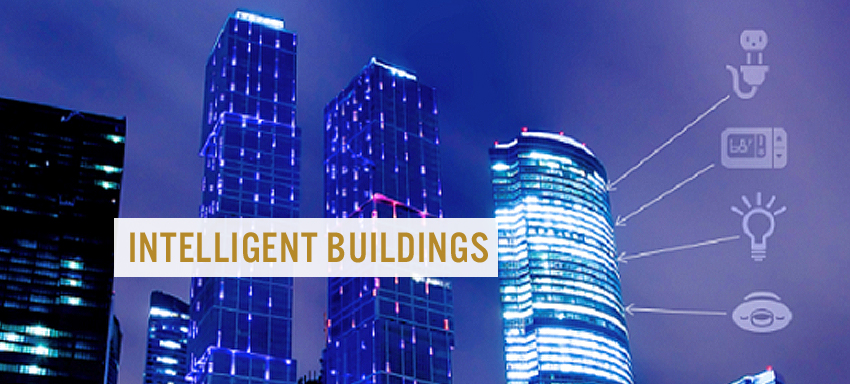
Using Smartphones for advanced connectivity? Then why not smart buildings for a smart living? The Solution? Intelligent Buildings!
The term intelligent building has been in use for a long time and is globally accepted. People have tried to define it in several ways according to the different levels of detail and varying degrees of emphasis on various aspects of building intelligence.
According to the initial definition, it is one which provides a productive and cost-effective environment through optimization of four basic elements: structure, systems, services and management, and the interrelationship between them.
According to this initial definition, an intelligent building is one that optimally matches its four elements to the users needs with an emphasis on the technology that makes the interrelationship between the elements possible.
Efficient intelligent building emphasizes the fact, that architectural concept should be closely tied up with technology and vice versa.
There are differences between traditional buildings and intelligent buildings. Intelligent buildings have three layers of features:
1. Improved Building Systems Control
Plans for an intelligent building begin with the selection of the appropriate systems and controls.
These systems should be designed to provide the data needed to optimize operational efficiency, be IP compatible, and use open data standards so that they can be readily integrated.
In addition, these systems must be properly installed and, most importantly, correctly commissioned.
2. Systems Integration
The second tier of an intelligent building is the integration layer, which is often a Web-based “middleware†package that enables systems to be easily interconnected using a combination of protocols.
At the integration layer, information can be readily shared between systems for additional optimization and efficiencies.
The Web-based user interface provides a single view of all the building systems, which can be operated and monitored on-site, using hand-held devices such as PDA’s and smartphones, or remotely.
3. Enterprise Management
The third layer of an intelligent building is Enterprise Management, which provides connections between the building systems and business systems.
For example, information from a scheduling program, such as Microsoft Exchange, may be used to activate lighting and air conditioning in conference rooms only when they will be occupied.
In addition, management dashboards enable easy analysis of building performance, including energy usage, sustainability, and productivity.
Enterprise management also provides tools for managing large groups of buildings as one “virtual campus†and enables ready connection to outside services such as utility demand/response programs and analytic services that can assess building performance and provide recommended improvements.
These three levels of intelligent buildings leads to improved system operations and high-end tools for facility assessment and optimization.
